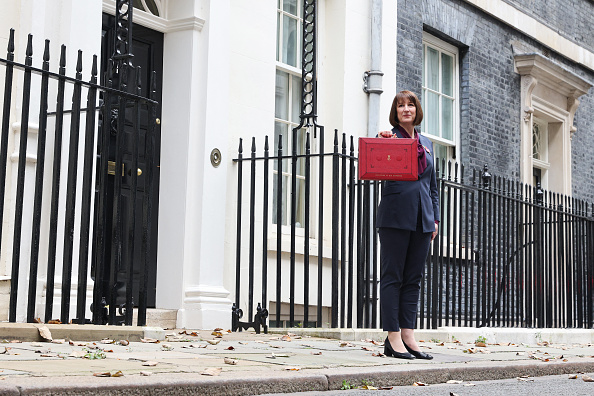UPDATED: The Treasury is thinking about cutting its ceiling for self-employed coronavirus support to £30,000 before its scheme has even launched yet.
HMRC has begun contacting the 3.5m self-employed who may be eligible to receive a backdated cash grant worth up to £7,500.
Those eligible will receive a letter, email or text message from HMRC with information about how to make an online claim when the Self-Employed Income Support Scheme (SEISS) opens on May 13.
Money should hit bank accounts by May 25 or six working days after a claim is made.
Previously chancellor Rishi Sunak had announced the scheme would open in June.
Under the current scheme, freelancers and the self-employed can apply for a one-off payment of up to £7,500 covering three months. This is based at looking at your tax returns for the past three years and then averaging your monthly income. Only freelancers and the self-employed who have been earning up to £50,000 a year can apply for the self-employed coronavirus income support scheme.
>See also: Self-employed Income Support Scheme what it means for you
However, according to the Times, the Treasury is already thinking about slashing that £50,000 ceiling to £30,000 going forward.
The Treasury has already said the SEISS will be extended.
Plummeting unemployment
However, HMRC officials are trying to figure out ways to wean workers off government support packages such as the SEISS and its furlough scheme without creating plummeting unemployment.
Chancellor Rishi Sunak will announce plans next week to wind down the Coronavirus Job Retention Scheme (CJRS) from July as part of an attempt to get people back to work as lockdown is eased.
About 6.3m people are currently being paid not to work while on furlough. This has already cost the Treasury £8bn and will ultimately cost more than £40bn, a situation the chancellor says is unsustainable.
A survey conducted by the CIPD, the body for HR professionals, suggested that over half of employees who have been furloughed would have been made redundant if the scheme wasn’t there.
“People are addicted to the scheme,” a senior government source told the newspaper. “We’re not talking about a cliff-edge, but we have to get people back to work.”
One idea being considered, according to the Evening Standard, is that the furlough subsidy will be reduced from 80 per cent to 60 per cent.
Other options could include allowing part-time furloughing so that staff can do some work while receiving government support.
Another idea being talked about is winding down the scheme gradually, starting with workers in small shops, with staff in hotels and restaurants being the last to be taken off support.
However, the fear is that many of those in retail will find they don’t have a job to go back to once the coronavirus job retention scheme is yanked.
Richard Lim, chief executive of Retail Economics, told the Telegraph he expects retail to lose 20 per cent of store staff – about 150,000 people – over the next decade.
How to wean workers off government furlough support is not just a problem in Britain. According to Bloomberg, more than 40m workers are now being paid under furlough schemes across Europe’s six largest economies.
Further reading
Treasury bails out small businesses in co-working spaces








